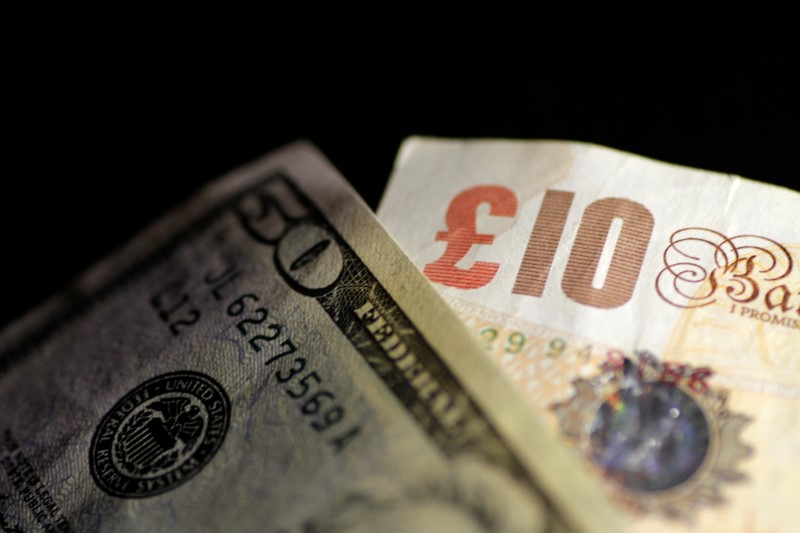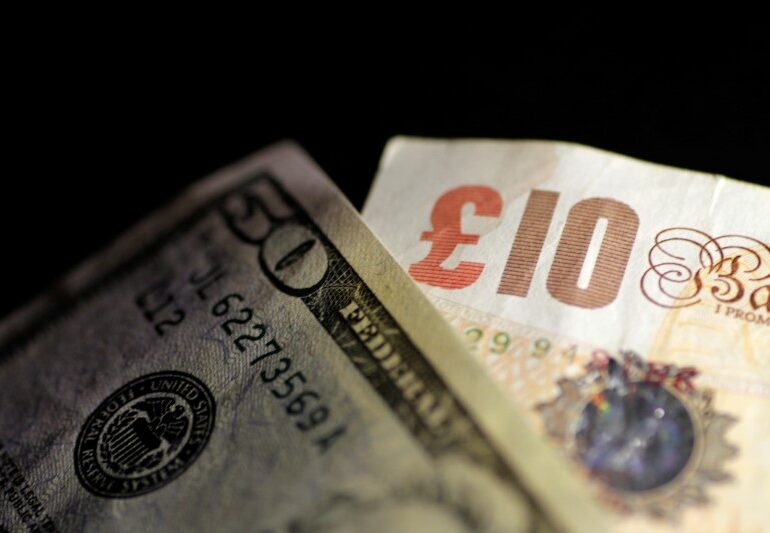
© Reuters.
By Peter Nurse
Investing.com – The U.S. dollar edged lower in early European trading Tuesday, while sterling largely retained overnight strength as investor sentiment soared as the U.K. rowed back on its ill-fated tax-slashing mini-budget which had roiled markets.
At 03:05 ET (07:05 GMT), the , which tracks the greenback against a basket of six other currencies, fell 0.2% to 111.707, near the lowest level since Oct. 6.
The U.S. currency slipped back from recent highs, with strong from Bank of America (NYSE:) and other financial companies helping lift risk sentiment after last week’s data had prompted worries that central bank actions will ultimately be too aggressive and tip economies into recession.
Attention Tuesday will be on the release of U.S. data for September for a guide to the extent of the country’s economic slowdown.
Also boosting sentiment was the news that the U.K.’s new finance minister has canceled nearly all the tax cuts previously announced by Prime Minister Liz Truss.
edged lower to 1.1351, with sterling seeing a small degree of profit-taking after hitting 1.1441 on Monday, the strongest level since Oct. 5.
The pound has also been helped by a media report that the Bank of England is set to delay quantitative tightening until bond markets calm.
That said, even with Hunt slashing 32 billion pounds from the 45 billion pounds of giveaways Truss’s government announced last month in the mini-budget, the risks of recession are still growing for the U.K. with the Treasury forced to raise taxes and weigh deep spending cuts.
“We suspect anyway that the government will need to sound very convincing in their fiscal U-turn to bring cable sustainably back to 1.15-1.20,” said analysts at ING, in a note. “Sub-1.10 levels, also considering our call for a stronger dollar, remains our base case scenario in the coming months.”
rose 0.3% to 0.9866, climbing to these levels for the first time since Oct. 6, with sentiment towards the single currency boosted by the news that the is set to propose this week a plan to help the Eurozone from soaring gas prices.
The EC is set to propose a “dynamic” price cap for in the European Union and mandatory limits on the degree to which traded prices can fluctuate in a single day, according to a draft proposal.
“The content of the coordinated measures could have a more long-lasting impact on the euro than the ECB’s policy direction, at this stage,” ING added.
Eyes will also be on the for October, due later in the session, which is expected to show investor sentiment falling further as concerns over the country’s energy supply increasingly weigh on the outlook for Europe’s largest economy.
edged 0.1% lower to 148.88, with the pair pulling away from a fresh 32-year high in the overnight session, with the focus now on intervention by the Bank of Japan to support the yen.
The Japanese central bank acted in late September by selling dollars and buying yen at levels significantly below the current price.
rose 0.4% to 0.6313, while jumped 1.1% to 0.5696, to a near two-week high, after for the third quarter beat expectations, driving up bets that the central bank will deliver more hikes this year.

